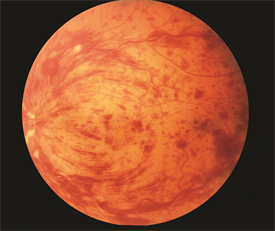Today's pearl will be brief and focus on Wellness. We are often super busy on our shifts and in our lives, but it doesn't take much time to stop - pause - and add a little wellness to your day.
Here are 9 ways to have less stress in under a minute.
Breathe. Take a big breath in and feel your stomach muscles relax. Hold it for a moment. Purse your lips, and blow your breath out slowly as if you are blowing out candles on a birthday cake. Feel your stomach muscles tighten as you empty your breath. Do it again 2 times or more if needed.
Smile- even if you don’t feel like smiling! Smiling has been shown to decreases stress response, and even shown to lower heart rates during a stressful situation. So maybe every so often a little "grin and bear it" can help reduce your stress!
Relax your Mouth. Open your mouth, let your jaw and tongue relax, or try a jaw massage. Often times stress will lead to jaw clenching. Relaxing your jaw helps signal to your brain to reduce your stress response.
Laugh! Laughing decreased your stress levels and long-term may even boost your ability to fight sickness.
Give others or yourself a hug. Hugging help reduce stress for both the giver and the receiver!
Shrug your shoulders. Bring your shoulders up to your ears for a slow count of 5, then release.
Exercise. Do some quick squats, jumping jacks, running in place, walk across the street to grab some tea or water, etc.
Peel an orange – seriously! Then inhale the smell. Research shows that the smell of citrus relaxes people.
Say Thank You. Really. Think of things you are grateful for. It is another great stress reducer!
Wishing you a safe, happy, and healthy New Year!
References:
https://www.smithsonianmag.com/science-nature/simply-smiling-can-actually-reduce-stress-10461286/
Simply Smiling Can Actually Reduce Stress | Science | Smithsonianwww.smithsonianmag.comA new study indicates that the mere act of smiling can help us deal with stressful situations more easily
https://exploreim.ucla.edu/wellness/stressed-it-may-take-a-toll-on-your-teeth-explore-an-integrative-approach-to-managing-bruxism/
https://www.mayoclinic.org/healthy-lifestyle/stress-management/in-depth/stress-relief/art-20044456
https://health.usnews.com/health-news/health-wellness/articles/2016-02-03/the-health-benefits-of-hugging
https://nihrecord.nih.gov/newsletters/2006/02_24_2006/story03.htm
https://www.ncbi.nlm.nih.gov/pubmed/22071630
https://nycwell.cityofnewyork.us/en/coping-wellness-tips/less-stress-in-under-a-minute/
https://www.psychologytoday.com/us/blog/what-mentally-strong-people-dont-do/201504/7-scientifically-proven-benefits-gratitude









